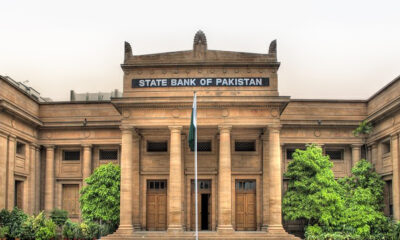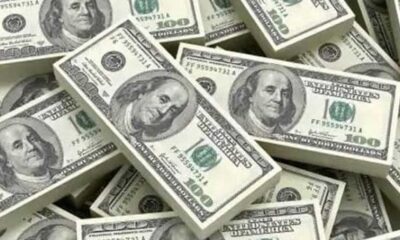- Import backlogs and dividend payments will lead to more pressure.
- Market bracing for the rupee to cross past the historic level of 300.
- There are fears interim caretaker setup will be in place for a long.
KARACHI: The Pakistani rupee is expected to remain under pressure during the next week due to an increase in dollar demand as a result of the clearing of import backlogs and dividend payments, traders said, according to The News.
Fears that the caretaker administration will be in place for a long time and that this year’s elections may not be held as planned are likely to weigh on sentiment towards the rupee.
The rupee fell by 1.46% this week against the dollar in the interbank market. The rupee’s value against the dollar was 291.51 on Monday, but it fell further to end the week at 295.78 on Friday.
“The rupee is expected to continue to decline in the coming days due to the demand for dollars created by the release of delayed import and dividend payments,” a foreign exchange trader told The News.
“The import restrictions have been eased in line with the requirements of the International Monetary Fund. There was a backlog of payments before the IMF’s stand-by arrangement because there were not enough foreign exchange reserves,” the trader added.
The market is driven by supply and demand, with no intervention from the central bank, according to the trader.
The State Bank of Pakistan said in its July monetary policy statement that the “market-determined exchange rate will continue to serve as the first line of defense against external shocks and support reserve build-up”.
However, Pakistan’s current account balance ended its four-month streak of surpluses in July with a deficit of $809 million. Increased imports were the main reason.
The foreign exchange reserves held by the SBP slightly rose by $12 million to $8.05 billion in the week ending August 11.
The market is bracing for the rupee to cross past the historic level of 300 per dollar, said Tresmark in a client note on Saturday.
“This appears to be the market consensus,” the firm said.
“However, in our opinion, there is a material likelihood of an ad hoc hike in interest rates, which may relieve some pressure off the rupee. Essentially, we expect the rupee to trade the coming week under the 300 level,” it added.
“Our view also factors in the increase in swaps, which depicts healthy liquidity levels, and micro-management of imports, and is based on the premise that a weak rupee will further exacerbate the inflation problem.”
A quick analysis of the last five interim governments shows that the local currency has depreciated every time, with an average of about 6%, according to Tresmark.
The currency also depreciated, every time, in the first three months that the newly elected government came in, averaging about 3%.
“Whereas interest rates increased by an average of 80 basis points in the interim government phase, but stayed largely stable in the first 3 months of elected government,” the firm noted.

 Latest News1 day ago
Latest News1 day ago
 Latest News1 day ago
Latest News1 day ago
 Latest News1 day ago
Latest News1 day ago
 Latest News1 day ago
Latest News1 day ago
 Latest News1 day ago
Latest News1 day ago
 Latest News1 day ago
Latest News1 day ago
 Latest News1 day ago
Latest News1 day ago
 Latest News1 day ago
Latest News1 day ago























